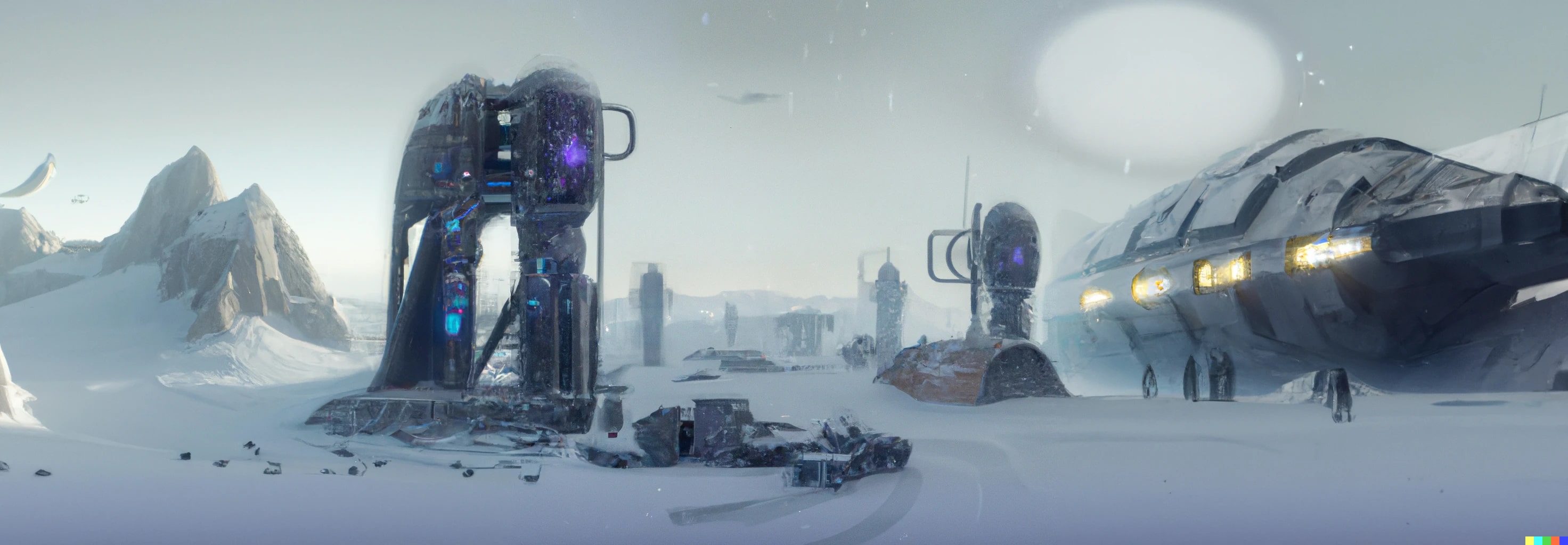
Is the DAO Revolution Over?
Decentralized Autonomous Organizations (DAOs) have been hailed as one of the most important technological developments to come out of the blockchain space in recent years. Coming on the heels of the blockchain and decentralized apps (dApps), DAOs were predicted to replace corporations and bring Web3 to the forefront of public consciousness. But with a series of high-profile hacks, a crypto bear market, and other issues, it appears that the DAO revolution may be slowing down.
The Crypto Winter
It’s been a relatively hard year for crypto. Just in the first half of 2022, as a result of the collapse of TerraUSD and LUNA, we saw cryptocurrencies across the board fall in price. Then, there was the scandal around the collapse of FTX. And those are just a few of the headlines. It’s evident that we’re in a place that’s more than just a crypto bear market, or suffering a correction in the crypto market; it’s a full fledged cold snap of uncertainty.
The numbers don’t lie:
Bitcoin, valued at $70,000 USD at its highest last year, is currently sitting at $16,926 USD.
Ethereum has reported its first deflationary month in November 2022, with nearly 1 million ETH leaving exchanges.
The total market cap of the largest 100 cryptocurrencies in November was around $830 billion USD. That’s 70% down from $2.7 trillion at this time last year, with individual currency prices dropping by double digits year-over-year.
Obviously, this is having repercussions across DAOs and treasuries.
Diminishing DAO Treasuries
The Confidence in DAOs
Back in 2016, when the Ethereum platform first launched, one of its most revolutionary features was the ability to create smart contracts using code rather than relying on traditional legal documents. This led to an explosion of interest in creating Decentralized Autonomous Organizations (DAOs), which did away with any central authority and any traditional corporate structures. The intent was to offer a democratic, efficient, and censor-resistant way for businesses to operate on chain, operated by a group of like-minded individuals with corresponding interests.
The promise of DAOs was sound.
Unfortunately, there were a number of problems associated with these early DAOs, including security issues and mismanagement. This led to several high-profile hacks that resulted in millions of dollars being stolen from investors. As a result, public confidence in DAOs has never quite reached the level that crypto-natives have hoped for.
The skepticism around investing in a DAO or developing new ones hasn’t completely gone away, despite how much time has passed since the original The DAO hack. Which in of itself, isn’t all that negative. Plenty of builders and Web3 visionaries have proceeded with their plans to build different types of DAOs, with a lot of success. Especially in spite of the regulatory uncertainty around these types of organizations, making it difficult for developers to know how they should be structured and operated legally.
At least up until this year.
Cooling Crypto And Resilient DAOs
As crypto assets are removed from exchanges and moved to crypto hardware wallets, while investigations have been launched to determine the cause of FTXs (and others) failures, DAOs have had to tighten their belts. Many DAOs had their treasuries stored on FTX, and have nothing left. Which has led to several decentralized organizations going dormant and/or ceasing operations, while many others have suspended grant programs to retain the assets they have left.
Despite these actions, and the ongoing saga of the crypto winter, the future of DAOs is still optimistic. According to Jan Brezina of Bankless Consulting, the fall of FTX is a critical lesson for the community, to adhere to transparency in decision making, especially when it comes to crypto. As much as transparency is a key tenet of Web3, no one at these failed exchanges really stuck to that. FTX’s failure is a reminder that the blockchain is meant to be open and activity visible, and the key structures of DAOs should be shared with the crypto industry as a whole.
What that means is this: at first, we had the blockchain, then crypto emerged, then DAOs came out of that.
Moving forward, smart contracts and decentralization of control that are critical characteristics of DAOs, should be applied to the crypto industry as a whole. This means that founders and developers need to be more careful when designing their systems and ensure that they build in safeguards against potential attacks or misuse, while also adhering to the principles of open governance, democracy, and democratic tokenomics. For example, an influx of new projects such as Golem Project and Augur have put a focus on accountability and further decentralization, by taking advantage of distributed computing power and prediction markets respectively.
These developments have shown that there is still much work to be done in terms of improving Web3, DAOs, and exchanges; as long as proper precautions are taken into account. By applying existing DAO frameworks and best practices, DAOs will weather the bear market, and emerge more resilient.
DAOs are still learning and growing, but are here to stay. For good.